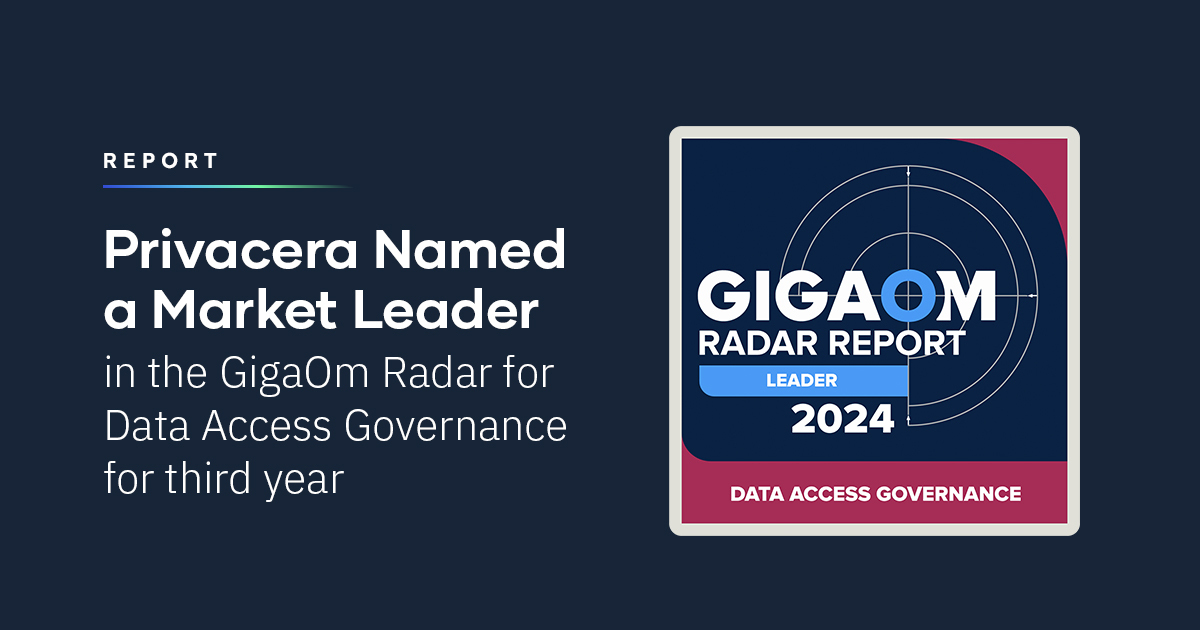A Focus on Data Privacy, Compliance, Security, and Governance
In today’s digital age, Artificial Intelligence (AI) is at the forefront of technological advancements, shaping industries and changing the way we think, live, and work. AI has immense potential, offering solutions for complex challenges, improving operational efficiencies, and enabling unprecedented innovations. Yet, as with any powerful tool, the benefits come with responsibilities, particularly in areas related to data management. Here, we’ll explore how to accelerate AI adoption responsibly, emphasizing four key areas: data privacy, compliance, data security, and data governance.
1. Data Privacy: Protecting Personal and Sensitive Information
The core of many AI applications is data, which often includes personal and sensitive information. To ensure responsible AI adoption:
- Consent Management: Before collecting data, especially personal data, users must give informed and explicit consent. They should also have the option to revoke their consent and understand the purpose of data collection.
- Data Minimization: Only collect the minimal amount of data necessary for the AI application to function properly. Avoid storing excessive or irrelevant information.
- Anonymization and Pseudonymization: Use techniques to de-identify data, ensuring individual identities cannot be traced back. While anonymized data removes all identifiable information, pseudonymized data replaces identifiers with pseudonyms, providing a layer of protection.
- Regular Audits: Periodically review data processing activities to ensure they align with data privacy principles and promptly address any issues.
2. Compliance: Adhering to Regulations and Standards
Several regulations have been put in place worldwide to ensure AI systems respect user rights and societal values:
- Stay Updated with Local and Global Laws: Regulations like the General Data Protection Regulation (GDPR) in the European Union and the California Consumer Privacy Act (CCPA) in the U.S. provide frameworks for data protection. AI developers and organizations should be aware of such regulations in their operational regions.
- Impact Assessments: Before deploying AI solutions, conduct impact assessments to understand potential risks and implement measures to mitigate them.
- Transparency and Accountability: Ensure AI systems can explain their decisions in understandable terms. This transparency can help stakeholders make informed decisions and hold AI systems accountable.
3. Data Security: Shielding Data from Threats
As AI systems rely on vast amounts of data, safeguarding this data becomes paramount:
- End-to-end Encryption: Data, when transmitted or stored, should be encrypted to prevent unauthorized access.
- Regular Security Audits: Periodically evaluate AI systems for vulnerabilities. Employ third-party security experts to perform penetration testing and identify potential threats.
- Access Control: Restrict data access to only those who need it. Implement multi-factor authentication, role-based access, and periodic reviews of access rights.
- Training: Ensure all staff understand the importance of data security. Provide regular training on best practices, such as recognizing phishing attempts and maintaining strong password protocols.
4. Data Governance: Ensuring Quality and Integrity
Data governance involves managing data’s availability, usability, integrity, and security:
- Data Lineage: Maintain clear documentation on data sources, transformations, and where and how data is used. This traceability ensures data quality and aids in troubleshooting.
- Data Quality Checks: Regularly validate and clean data. Erroneous or outdated data can significantly affect AI system performance and decisions.
- Standardized Processes: Establish standard procedures for data collection, processing, and usage. These procedures ensure consistency and clarity, making it easier to manage and optimize AI systems.
- Stakeholder Collaboration: Engage different stakeholders, including data scientists, IT teams, and business leaders, in data governance processes. Collaboration ensures a holistic approach, balancing technical, business, and ethical considerations.
Practical Steps to Responsibly Accelerate AI Adoption
The speed of AI adoption is hampered by legitimate concerns about security. To effectively accelerate AI adoption while ensuring security, organizations must prioritize both innovation and protection. The following steps will guide your responsible adoption.
1. Understand the AI Landscape
Before diving into AI adoption, familiarize yourself with the latest AI trends, tools, and potential risks. This not only helps in leveraging AI’s capabilities but also in identifying the potential vulnerabilities.
2. Establish Robust Data Governance
Data is the lifeblood of AI. Hence:
- Limit Data Exposure: Use data minimization techniques to use only the data necessary for model training.
- Anonymize Data: Whenever possible, strip out personally identifiable information (PII) and use techniques such as differential privacy to safeguard data.
- Regular Audits: Periodically review data access logs and monitor for any unauthorized or unusual activity.
3. Secure the AI Supply Chain
AI models and algorithms can come from various sources:
- Vet Vendors: Ensure that third-party vendors follow best security practices.
- Track Model Provenance: Know where your models come from and any data sources they were trained on.
- Integrate Securely: When incorporating third-party AI solutions, ensure they don’t introduce vulnerabilities.
4. Adopt a ‘Secure-by-Design’ Mindset
Integrate security from the initial stages of AI solution design:
- Risk Assessment: Evaluate risks associated with AI deployments and design controls to mitigate them.
- Testing: Regularly test AI models for vulnerabilities using techniques like adversarial attacks.
- Continuous Monitoring: AI models can drift over time; ensure you monitor them for unexpected behavior.
5. Protect Against Adversarial Attacks
AI models can be manipulated by feeding them malicious input:
- Regularly Update Models: Ensure that your AI models are regularly updated to recognize and reject adversarial inputs.
- Input Validation: Implement strict validation mechanisms to filter out potentially harmful inputs.
6. Ensure Transparency and Explainability
Opaque AI can be a security risk:
- Use Explainable AI (XAI) Techniques: Understanding how AI makes decisions can help in identifying potential areas of exploitation.
- Document Everything: Keep clear documentation for how AI models operate, their data sources, and their decision-making processes.
7. Train Your Team
Human error can often be the weakest link in security:
- Regular Training: Ensure that your team is updated about the latest AI security threats and mitigation strategies.
- Foster a Culture of Security: Encourage employees to prioritize security in every AI-related task they undertake.
8. Collaborate with the Community
The AI community can be a valuable resource:
- Stay Updated: Engage with AI and cybersecurity communities to stay informed about the latest threats and best practices.
- Share Insights (Safely): Contribute to the community by sharing non-sensitive findings and learnings.
9. Have a Response Plan
Despite best efforts, breaches can happen:
- Incident Response Plan: Have a clear procedure for how to respond to any security breaches.
- Regularly Update the Plan: As AI and threat landscapes evolve, so should your response plan.
10. Regularly Review and Update
AI and the associated security landscape are dynamic:
- Periodic Reviews: Regularly review your AI systems for potential vulnerabilities.
- Stay Adaptive: Be ready to pivot and adjust as new risks emerge and as the technology evolves.
Conclusion
AI adoption is a powerful step forward for many organizations, but it must be approached with caution. By intertwining security at every stage of the AI adoption process, organizations can harness the power of AI while ensuring their operations remain safe and resilient.
The benefits of AI are significant, but they come with the responsibility of handling data with care and respect. To accelerate AI adoption responsibly, organizations must prioritize data privacy, compliance, data security, and data governance. By implementing best practices in these areas, organizations not only ensure the ethical use of AI but also build trust with their stakeholders, paving the way for more widespread and beneficial AI applications in the future.
Simplify and accelerate your process with Privacera AI Governance (PAIG). Get our whitepaper to learn about the power of PAIG.





